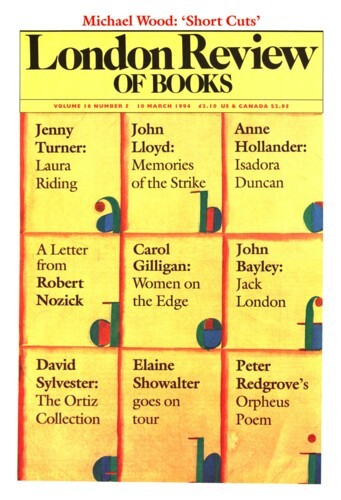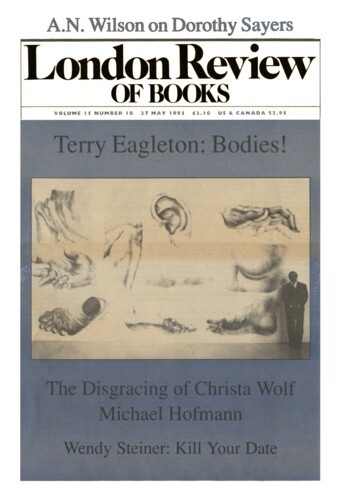In The Morris Book (1907), a work that did much to foster the 20th-century revival of interest in English folk dancing, Cecil Sharp both acknowledges and attempts to repress the hybrid, extra-national origins of the morris dance:
The Black Atlantic: Modernity and Double Consciousness by Paul Gilroy. Small Acts: Thoughts on the Politics of Black Culture by Paul Gilroy. In The Morris Book (1907), a work that did much to foster the 20th-century revival of interest in English folk dancing, Cecil Sharp both acknowledges and attempts to repress the hybrid,...


